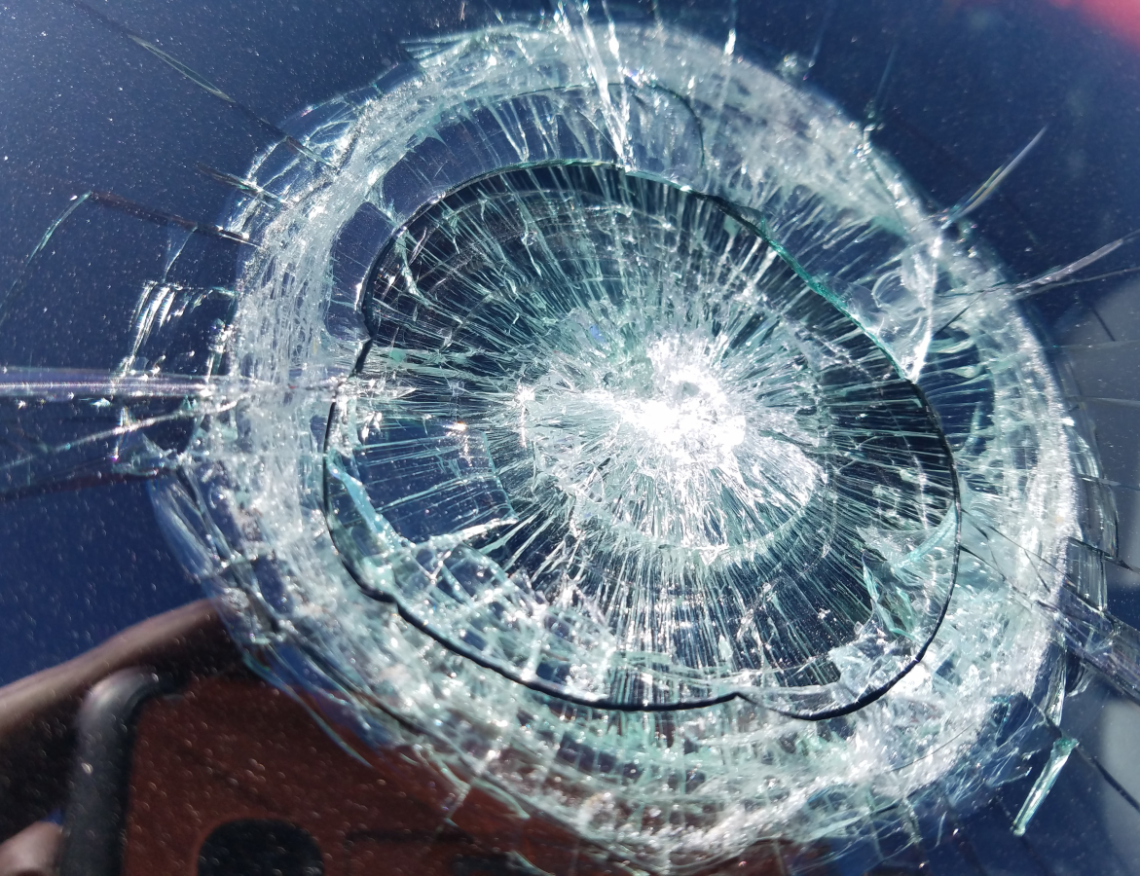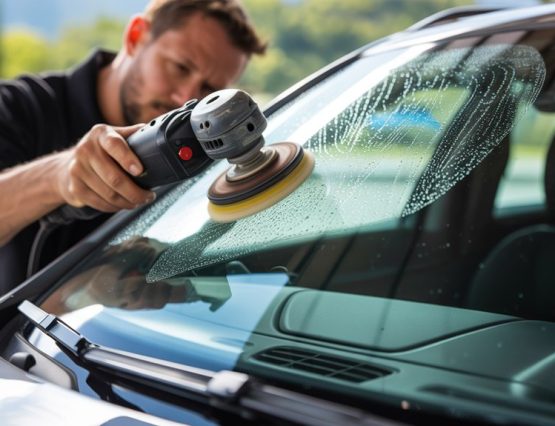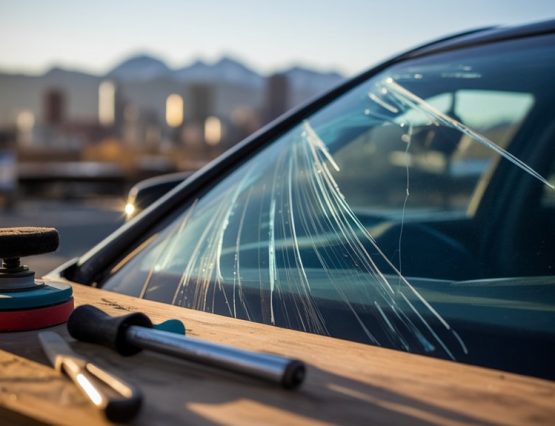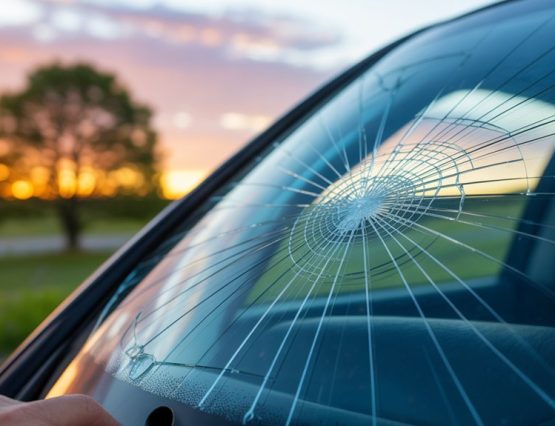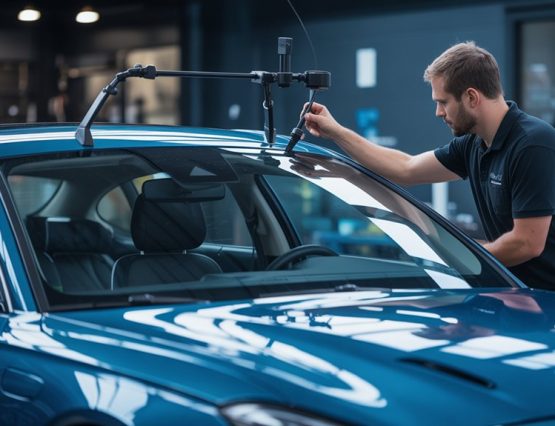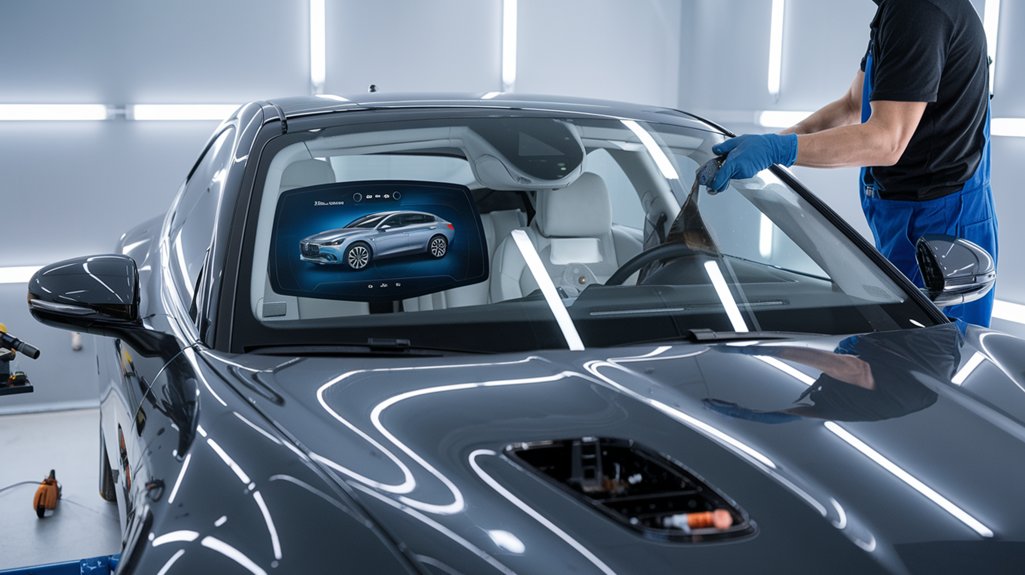
Key Takeaways
- ADAS relies on windshield-mounted sensors; proper installation and alignment are critical for features like lane departure warnings and automatic braking.
- Calibration post-windshield replacement ensures ADAS sensors are correctly aligned, preventing inaccurate readings and safety risks.
- Improper windshield installation can lead to sensor misalignment, resulting in false warnings and compromised vehicle safety.
- Choosing certified professionals for windshield replacement and ADAS calibration ensures optimal performance and reliability of safety features.
- Regular maintenance and inspections of ADAS components are necessary to maintain functionality and prevent malfunctions over time.
Understanding Advanced Driver-Assistance Systems (ADAS)
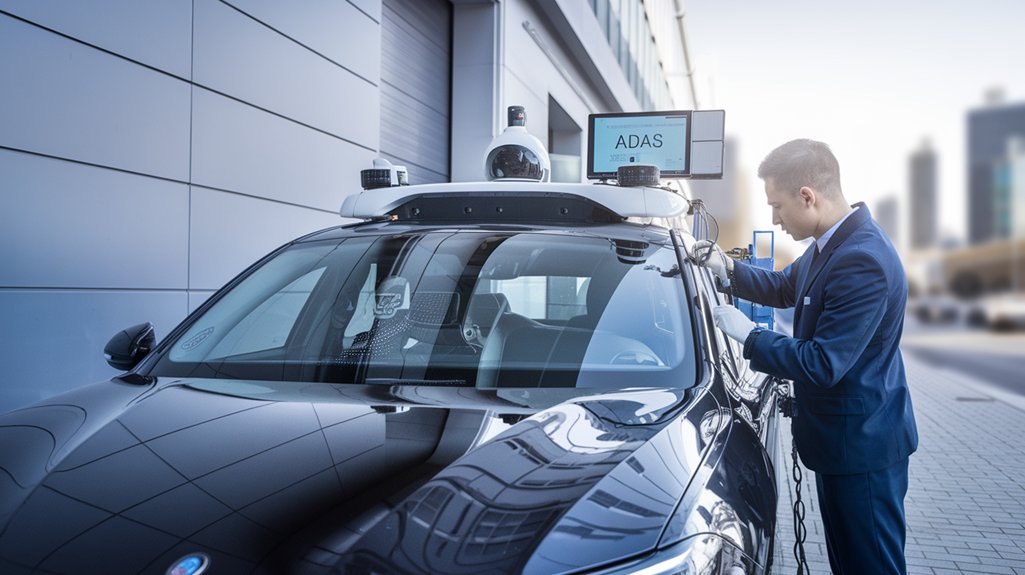
ADAS technology enhances road safety through features like collision prevention and lane-keeping assistance, leveraging sensor integration and automation. You can explore how ADAS contributes to safer driving via NHTSA’s driver-assistance technologies portal.
The Role of Windshields in ADAS Functionality
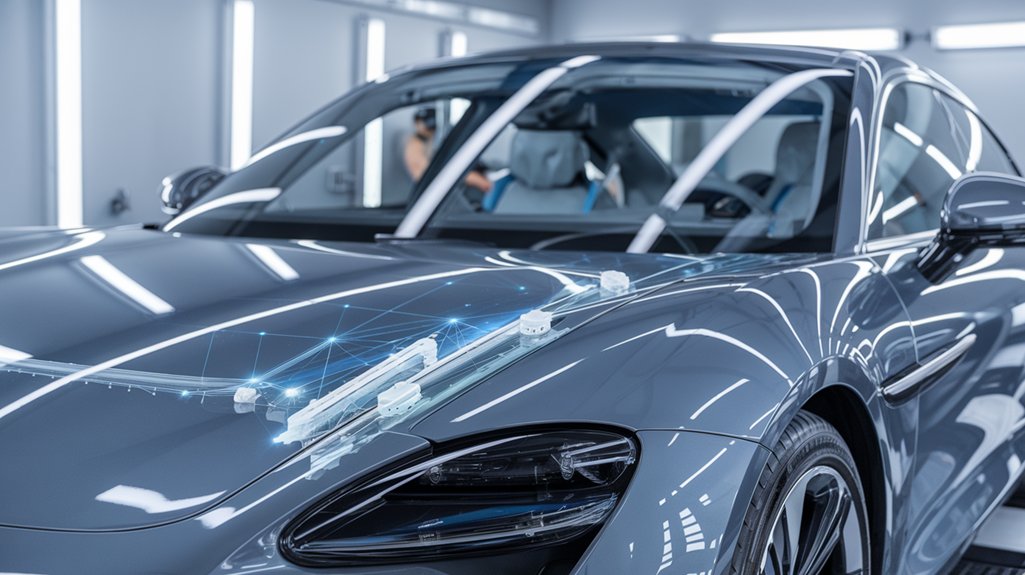
Windshields often house critical sensors that enable ADAS features. These include lane departure warning, automatic emergency braking, and adaptive cruise control. Proper installation and precise sensor alignment are vital. Learn more about windshield safety standards from the Auto Glass Safety Council.
Common ADAS Features and Their Dependence on Windshield Sensors
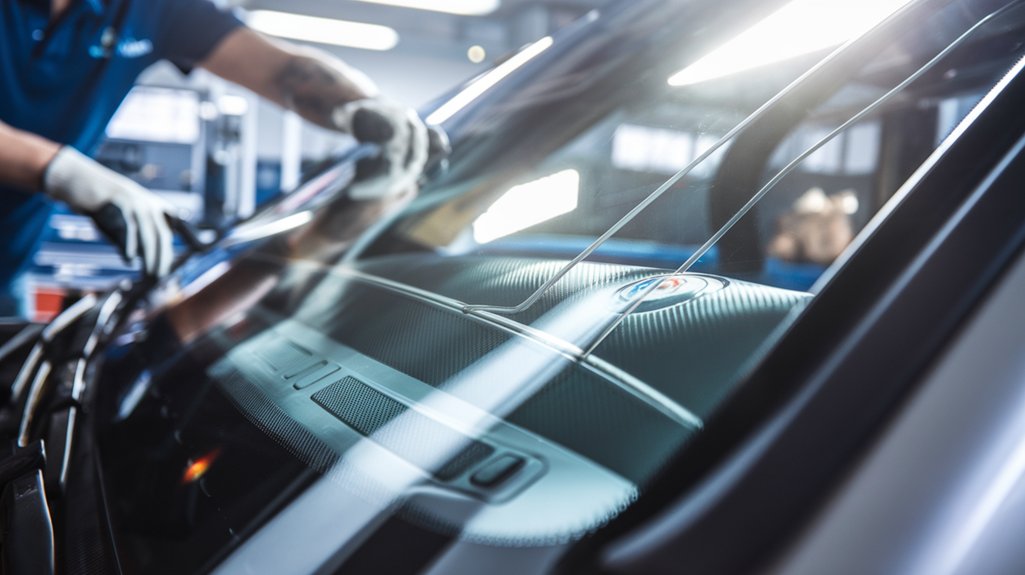
Features like forward collision warning, lane departure warning, and adaptive cruise control rely on clear, calibrated windshield sensors. When these sensors misalign, it can compromise your vehicle’s safety systems and increase the risk of accidents.
The Windshield Replacement Process: Key Considerations
Proper materials and certified installation are essential. Ensure your technician uses high-quality adhesives and follows OEM specifications. Ask if they perform ADAS calibration, which is critical after any glass replacement.
Risks of Improper Windshield Installation on ADAS Performance
Poor installation affects the integrity of your ADAS system. Misaligned sensors can cause system failure, false alerts, or non-functioning safety features. Always choose trusted professionals to handle both replacement and calibration.
Calibration: Why It Matters After a Windshield Replacement
ADAS sensors must be recalibrated after windshield installation. Refer to this guide by SAE International on why sensor recalibration is essential. Calibration ensures your systems work as intended, keeping drivers and passengers safe.
Signs Your ADAS May Be Malfunctioning Post-Replacement
Watch for warning lights on your dashboard, inconsistent responses from lane-keeping assist, or alerts not triggering correctly. These signs often indicate misaligned sensors or failed calibration after a windshield replacement.
Choosing the Right Professionals for Windshield Replacement
Ensure your installer is certified and experienced with ADAS. A+ Auto Glass specializes in proper calibration and premium windshield installation services that meet manufacturer standards.
Regular Maintenance for ADAS-Equipped Vehicles
Keep your ADAS functioning with regular calibration checks, software updates, tire alignment, and brake system inspections. Preventive maintenance reduces failure risks and keeps your safety systems performing optimally.
Future Trends in ADAS and Windshield Technology
Future windshield technology will include heads-up displays, adaptive tinting, and augmented reality overlays—all of which integrate with ADAS. As tech evolves, expect even more intelligent safety features connected to your vehicle’s windshield.
Frequently Asked Questions
How Does Weather Affect ADAS Performance After Windshield Replacement?
Extreme weather may interfere with sensor recalibration or adhesive curing. If weather conditions are poor during installation, recalibration accuracy could suffer.
Can I Drive My Vehicle Immediately After Windshield Replacement?
Wait at least 1–2 hours post-installation before driving to allow adhesives to cure. Follow your technician’s guidance based on conditions and materials used.
What Materials Are Used in ADAS-Compatible Windshields?
They use laminated safety glass with specialized coatings and embedded brackets for sensors. Always use OEM-approved materials to ensure compatibility.
How Often Should I Have My ADAS Recalibrated?
After every windshield replacement or any accident that may impact sensors. A general annual checkup is also recommended.
Are Aftermarket Windshields Safe for ADAS Systems?
Only if they meet OEM specifications and calibration follows immediately. Improper aftermarket installs can jeopardize sensor accuracy and vehicle safety.
ADAS and windshield replacement go hand-in-hand when it comes to vehicle safety. Make sure your sensors are calibrated after any windshield replacement. For expert care and precision service, rely on A+ Auto Glass. Our certified technicians ensure your vehicle is road-ready and ADAS compliant.
Schedule your appointment with A+ Auto Glass today and drive with confidence knowing your ADAS systems are working perfectly.

